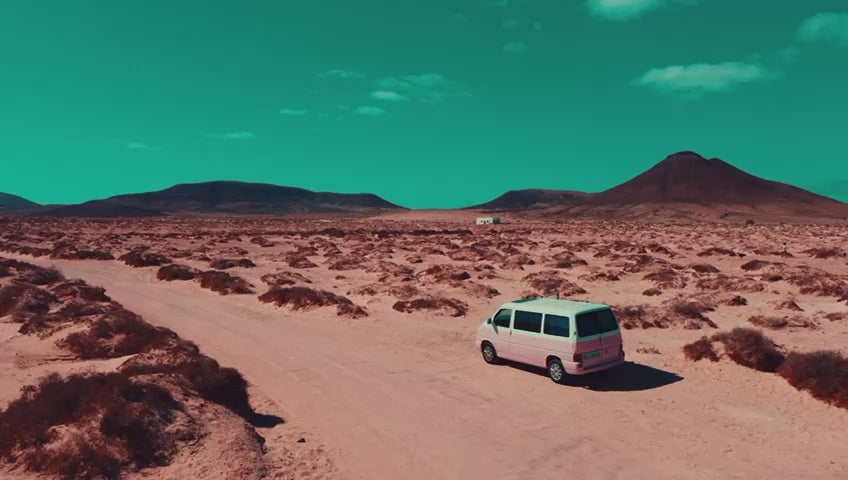
EXPAND YOUR HORIZON

EXPAND YOUR HORIZON
New Arrival
Arafura One Piece Dreamland
$260.00 AUD
5.0 / 5.0
1 reviewTimor Bikini Top Dreamland
$110.00 AUD
5.0 / 5.0
1 reviewSouth Pacific Bikini Bottom Dreamland
$100.00 AUD
5.0 / 5.0
2 reviewsCoral Sea Bikini Bottom Dreamland
$100.00 AUD
5.0 / 5.0
1 reviewSouth Pacific Bikini Top Sunkissed
$140.00 AUD
5.0 / 5.0
1 reviewSouth Pacific Bikini Top Dreamland
$140.00 AUD
5.0 / 5.0
1 reviewCoral Sea Bikini Top Dreamland
$130.00 AUD
5.0 / 5.0
1 reviewWHAT ARE YOU LOOKING FOR?
INTERESTED IN SWIM?

From the people
From the people
Rhône crop top and Gauli shorts are always a staple in my activewear wardrobe
— Pieta

From the people
A responsible and seriously stylish swimwear brand (the pieces are created using 100% eco-responsible, recycled, Italian Econyl)
— Marie Claire

From the people
Horizon Athletic apparel is the epitome of modern sportwear, currently obsessing over these oh-so-chic silhouettes
— ELLE Magazine

Ethically produced and made using recycled quality Italian fabrics
Horizon Athletic was born out of passion for high quality performance, sustainable activewear and swimwear by a former athlete. Founded in 2018 in Sydney, Australia surrounded by the Ocean, and by a population density focused at the junctions between land and sea. We appreciate our Horizon and have committed to using eco responsible high quality recycled textiles using local artisans and traceable production chains, where fair working conditions are guaranteed. Expand Your Horizon xx
As Seen In

































































































































